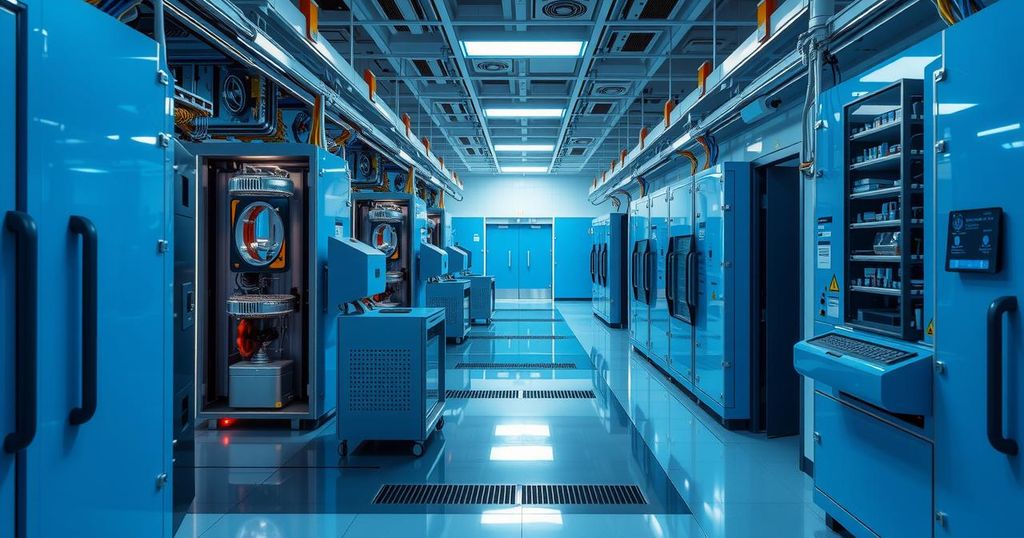China’s Semiconductor Advances: EUV Breakthrough and Anonymous Purchases Proposal
This article summarizes the latest developments in China’s semiconductor sector, highlighting advancements in EUV lithography, a proposal for anonymous technology purchases, and developments within major companies like Naura and Intel. It emphasizes the impact of geopolitical tensions on innovation and supply chain strategies within the industry.
This week’s news roundup highlights key developments in China’s semiconductor industry, notably its advancements in extreme ultraviolet (EUV) lithography and a proposed law for anonymous semiconductor purchases. Huawei and SMIC are reportedly making progress with their domestic EUV systems, targeting trial production in Q3 2025 and mass production in 2026. Their method employs laser-induced discharge plasma (LDP) technology, which analysts believe could outperform existing technologies, especially given the limitations imposed by US export restrictions. China intends to establish EUV capabilities independently, thus reducing reliance on foreign suppliers under heightened geopolitical tensions.
Additionally, a Chinese lawmaker’s proposal at the National People’s Congress seeks to allow blacklisted firms to acquire foreign semiconductor technologies anonymously to navigate US export regulations. Engineer Wen-Hui Guan proposed transitioning from public tenders to private transactions to shield suppliers from US scrutiny, arguing that transparency requirements expose them to sanctions. While this policy proposal can alter the procurement landscape, its implementation remains unresolved.
Further developments include Naura Technology Group’s ongoing endeavor to create a complete domestic semiconductor supply chain, as they expand their equipment offerings since 2015. Although they have made strides in front-end and back-end processes, advanced lithography tools remain a significant challenge. Investment in Kingsemi aims to enhance local capabilities and reduce dependence on foreign technology.
Analysis of Intel’s leadership transition indicates future strategic moves, including the potential merger of its foundry business with GlobalFoundries, creating a formidable competitor to TSMC. Newly appointed CEO Lip-Bu Tan is anticipated to leverage mergers and acquisitions to enhance domestic manufacturing in response to increasing geopolitical pressures. However, there are concerns about regulatory risks associated with such strategies.
Lastly, Kioxia forecasts a supply shortfall for NAND flash memory in the second half of 2025, driven by AI server demand despite a general increase in shipments. Their approach maintains production levels in line with enterprise needs. Intel’s recent reveal of the Panther Lake processor symbolizes its commitment to advancing semiconductor manufacturing, signaling competitive readiness against industry giants akin to TSMC. Naura’s elevation in semiconductor equipment rankings underscores the resilience of Chinese firms in the face of international sanctions, as they develop technologies and capabilities further.
In conclusion, recent developments in China’s semiconductor sector demonstrate significant advancements in both technology and policy adaptations amidst challenging geopolitical conditions. The country’s efforts in EUV lithography, alongside proposals to facilitate anonymous technology acquisitions, indicate a strategic shift aimed at enhancing its technological self-sufficiency. Naura’s rise in global rankings and Intel’s strategic decisions further reflect the competitive dynamics of the semiconductor landscape, emphasizing the importance of innovation and resilience in the face of regulatory and market challenges.
Original Source: www.digitimes.com




Post Comment